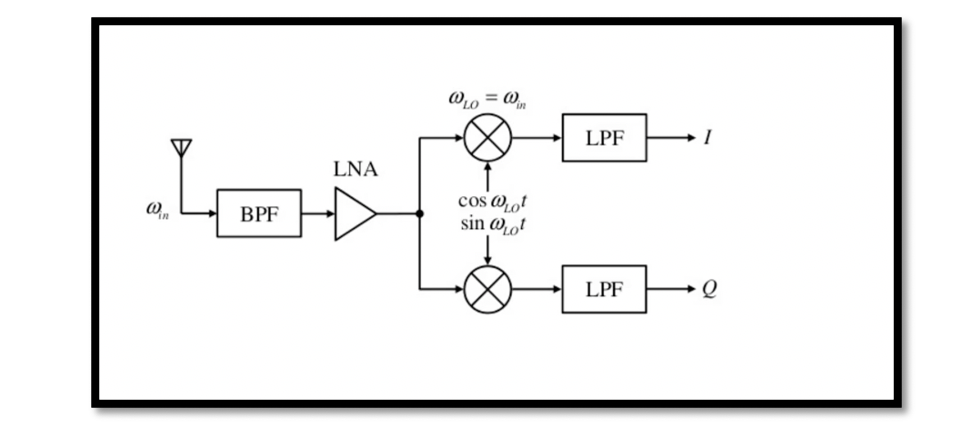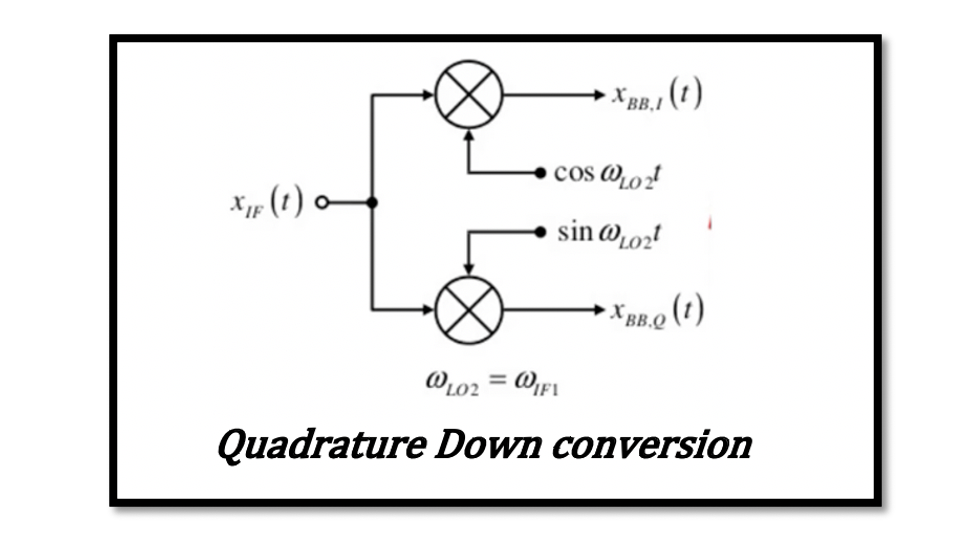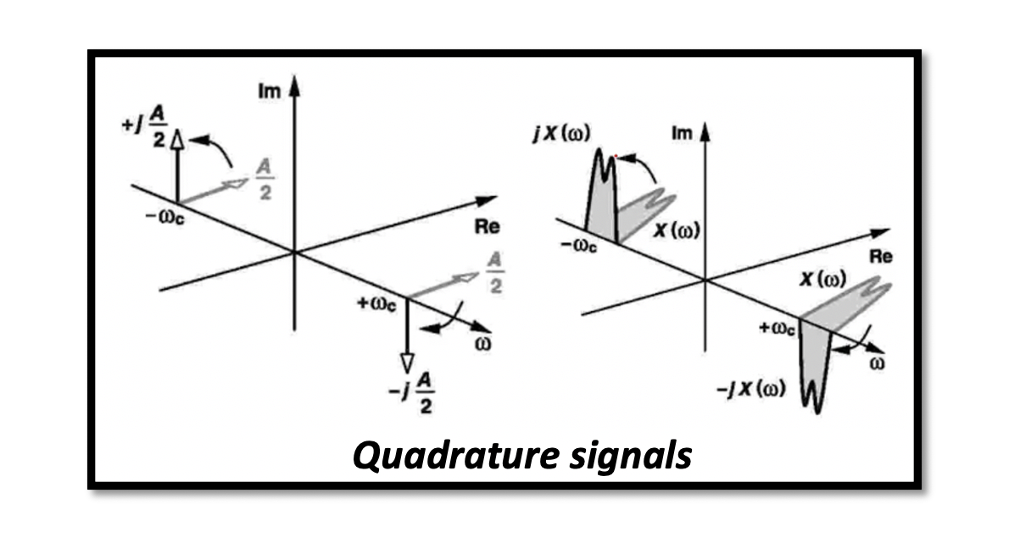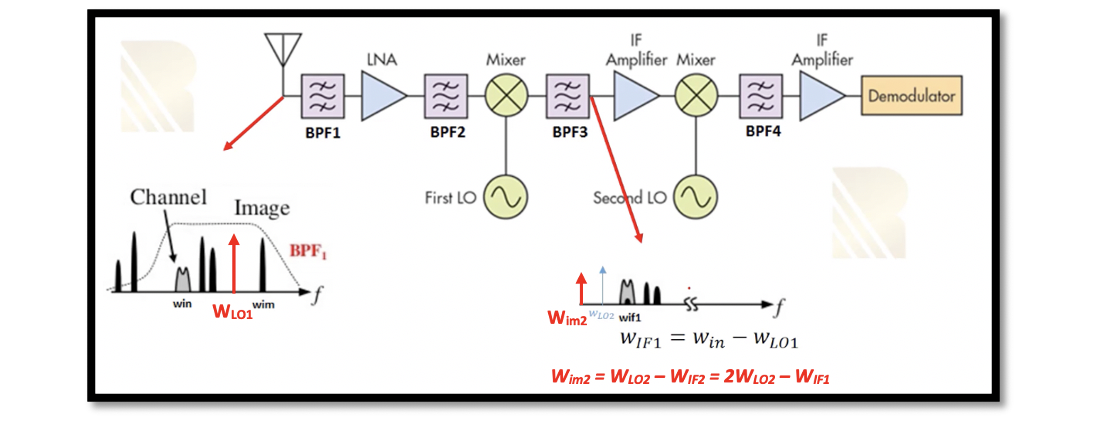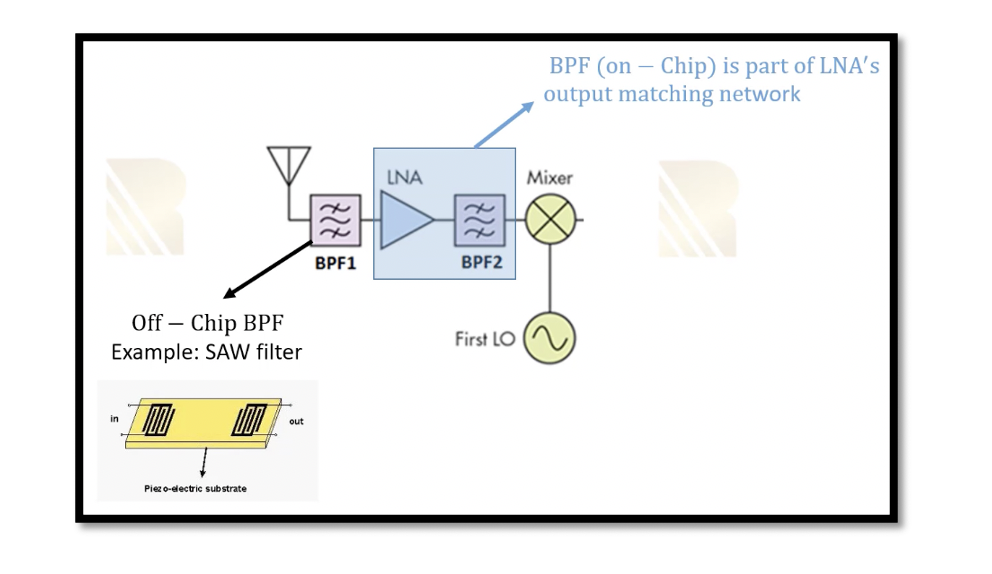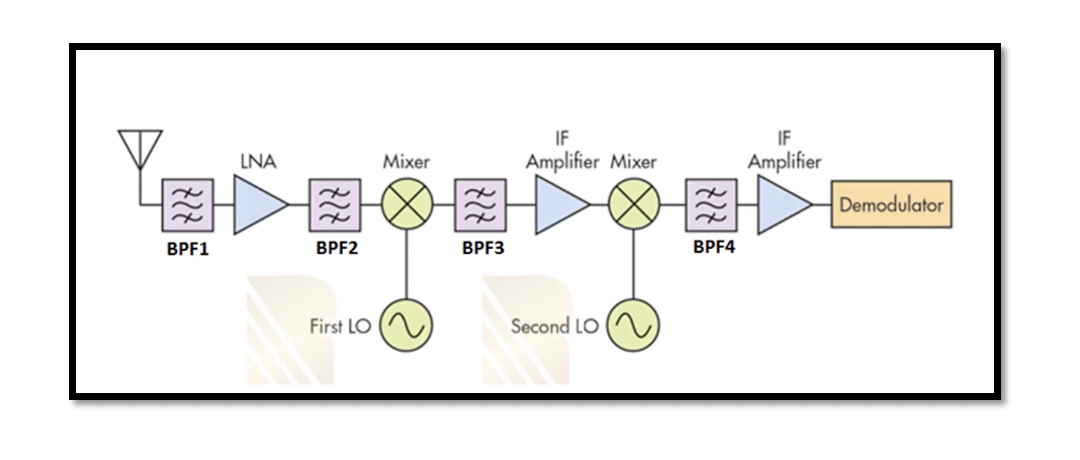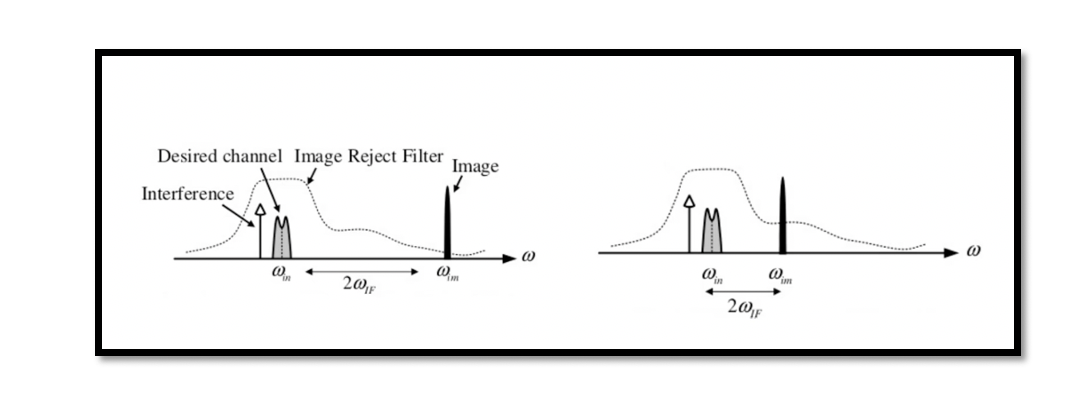How is the Structure of Heterodyne Receiver? Till now we have discussed on various structures for heterodyne receivers and the image problem faced by the receiver. The first simple structure discussed is shown in figure 1. Read about the heterodyne …
What is Sliding IF receivers? In the previous section zero-IF heterodyne receiver, the receiver structure is shown having three mixers that means three local oscillators. The first mixer is for the radio frequency and next two mixers are used for …
Zero-IF receiver In zero-IF heterodyne receivers with quadrature down conversion have two steps for converting the channel. The first one is first IF the second one is zero IF. Then we have a low pass filter to filter the higher …
Quadrature down conversion The quadrature signals are used in order to solve the image problem that we faced in the zero-IF receiver. In quarter down conversion, we create two versions of the down converter signal with a phase difference of …
If we have FM modulation, the channel is not symmetric around the center frequency. The signal is asymmetric and carries different information on both sides. Our signal shape will totally change after down-conversion, and the data will be corrupted, which …
Secondary Image The major problem faced while designing a dual conversion heterodyne receiver is the secondary image problem. As shown in the figure, secondary image WIM2 is an IF frequency. BFP1 does not attenuate this signal as it is in …
Advantage and disadvantage of Dual Conversion In modern day receivers we don’t have the structures where we have lot of off-chip filters as it becomes hard to design and takes big area. To connect the LNA to mixer the bandpass …
In cascaded system the Noise Figure (NF) is important in first blocks and it is vice versa in case of IP3, where the NF of last blocks matters more. So in a dual conversion receiver the noise figure of bandpass …
Dual Conversion As discussed in the previous section, ‘Image Rejection vs Channel Selection’, there is a constant trade-off between the two. There is efficient filtering in low wIF, but the image rejection is insufficient, and in high wIF, the Image …
Understanding the trade-off in choice of IF There is a trade-off between image rejection and channel selection receiver. So there are two options in selecting the frequency of the local oscillator, or carrier says we have two options in choosing …

